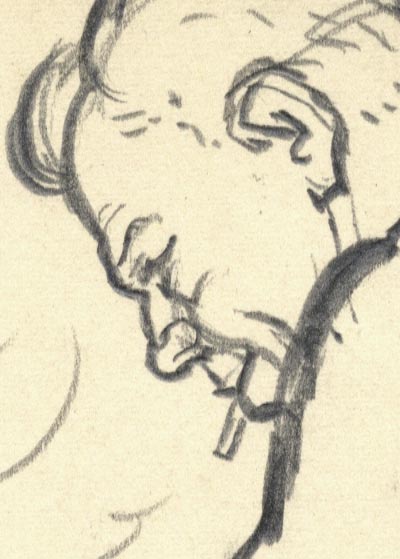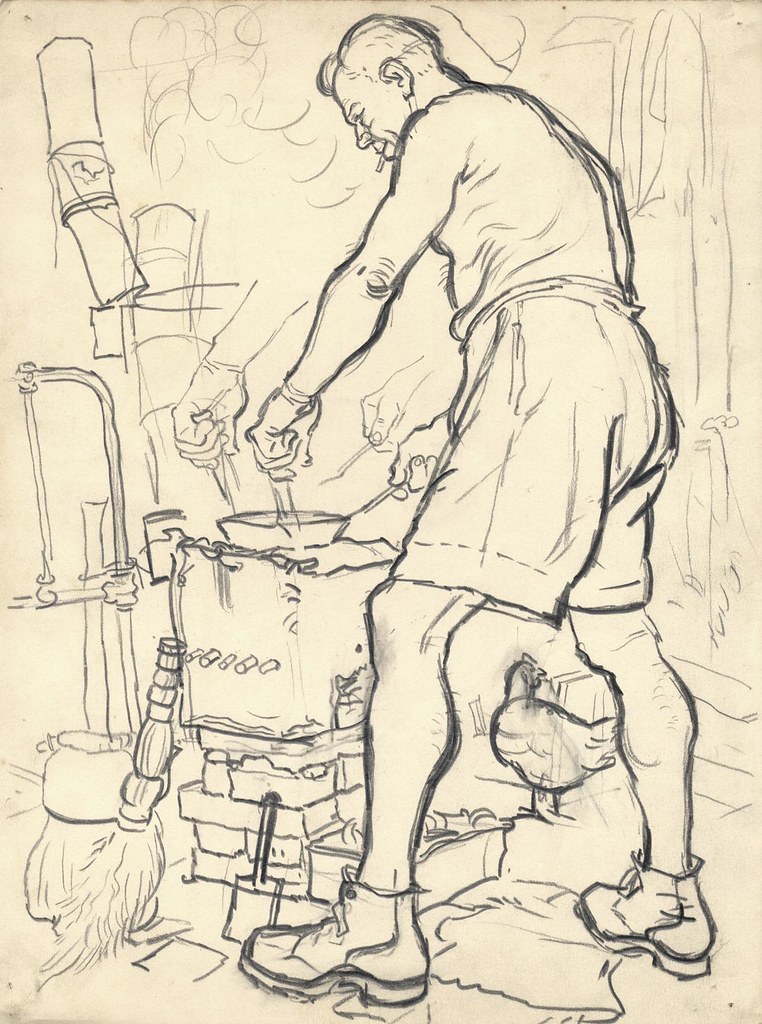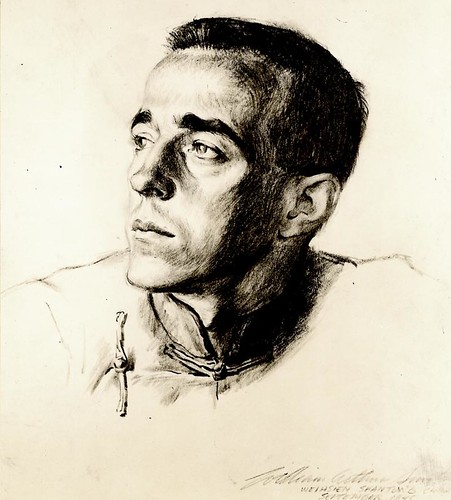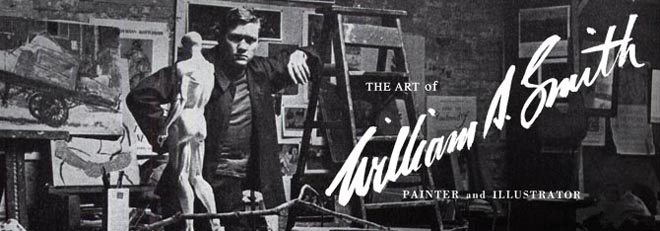"People had to wait in line for the simplest necessities. Soap, tobacco and especially sugar were at a very great premium, and the young children had never tasted candy. All drinking water was boiled, and it was touching to see the morning water queue."

"After the arrival of the OSS team, hundreds of tons of food and clothing were parachuted into the camp from planes. There were candy bars, canned soups, canned turkeys, Virginia hams, plenty of sugar, soap, GI rations and medical supplies. The men, women and children were delighted with their GI combat jackets, fatigue caps and Army issue shoes. These were the first new clothes they had had in ears. The women were especially fascinated with the new types of food that they had never seen before. Canned butter, lemonade powder and canned stews were strange and wonderful delights. Parachute cloth was made into beautiful new blue, red or yellow dresses and blouses."

"After the first few days of internment, only one Chinese was permitted inside the high brick wall. He was a dirty and stupid-acting coolie whose job was to remove the pails of refuse from the latrines. The Japanese would have no part of this job. Actually, he was an OSS agent and his access to the camp made it possible for the prisoners to communicate with the outside. His “contact” inside the internment center was Father Diego, a Catholic priest whose duty it was to clean the latrines. The other internees were most surprised when, after the camp had been taken by the Americans, this same Chinese walked through the gates in a western-type business suit."

"In the middle of 1944 an American, Arthur M. Hummel, and a British companion made a dramatic escape over the wall on a dark night. They had sent word through Father Diego and the OSS Chinese agent to a group of central government guerrillas and a rendezvous had been arranged. For the next fourteen months they stayed with the guerrillas and their radio contact with the American army supplied much of the information that aided Major Steiger’s capture of the camp. A new Japanese commandant had been established in the camp only shortly before the escape was accomplished. When the two men were discovered to be missing the Japanese commander assembled the prisoners and with tears streaming down his cheeks begged that no one else try to escape. The incident had put him in a bad light with his superiors and he had lost great “face.” He said that if any one else got away it would be necessary for him to commit hara-kiri. He had a family and did not want to die."

"There was much interest in the sketches I had been making around the compound, and I was asked to permit an exhibition. Before the doors were opened there was an incredibly long line of people waiting to get in. Many people, after filing through and examining each picture as long as the crowd behind would permit, returned to the end of the line to await their turn to see the things again. Their enthusiasm made me very humble."
* My thanks to Kim Smith for providing both the art and article for this week's topic. Our story continues tomorrow.

No comments:
Post a Comment